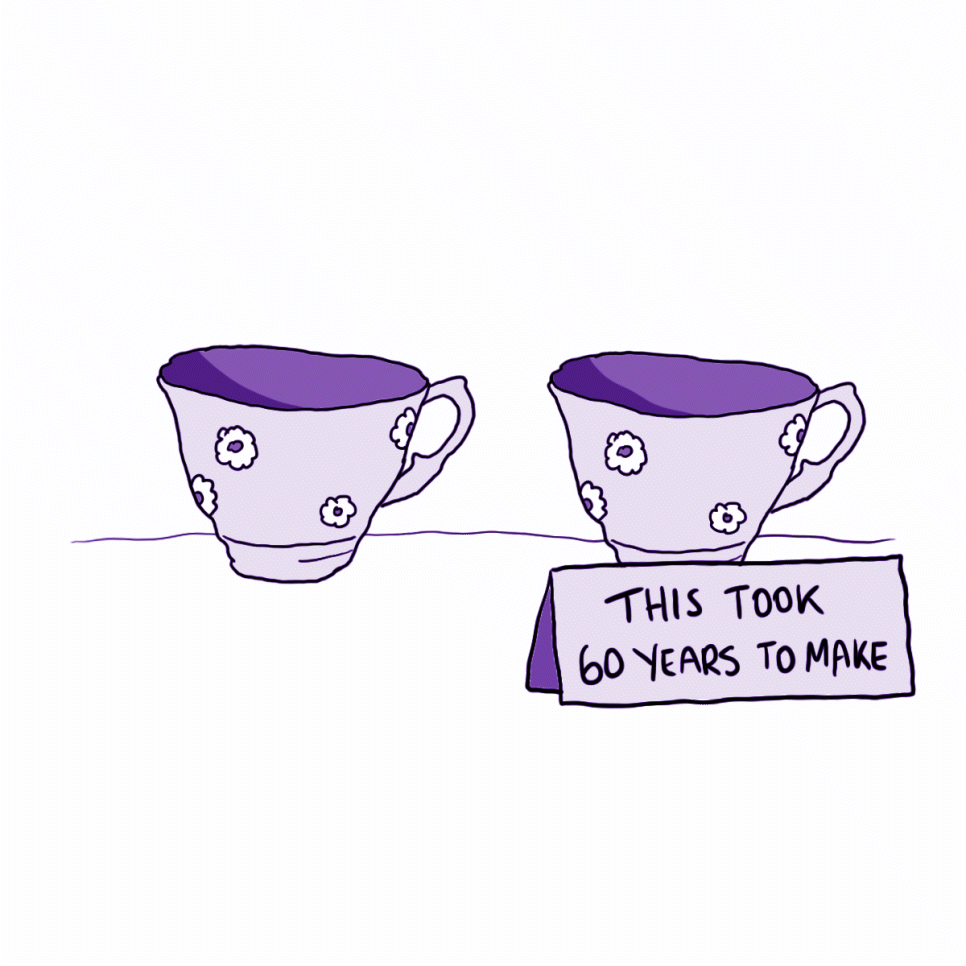The Why #87 Why do we look down on modern art?
Question by Grace, Wollongong
Whether it’s a banana taped to a wall or an endless collection of Campbell’s soup cans, most of us agree that modern art gets a bad rap. It all just seems a bit lazy and lacking in substance. “Substance”, in this instance, being the complex detailing and ornamentation characteristic of more traditional artwork that seems conspicuously absent in modern art. Obvs.
In other words, it’s all just a bit ‘I could have done that’ with a side serve of ‘yeah but you didn’t’.
But what if you did?
What if you had been the one to tape a banana, kiwifruit or rockmelon to the wall? What if you’d taped all three? Would people be boldly declaring your genius or instead, be laughing at your pathetic attempt at ‘art’?
I think we both know the answer to this one Grace, and I think I know the reason why.
Effort Bias
The Effort Bias is a heuristic that causes us to judge the quality of an item based on how much time and effort we think went into creating it. Put simply, we’re wired to believe that effort is an effective substitute — or at least a leading indicator — for quality.
A series of seminal studies on the Effort Bias was conducted by Kruger et al. in 2004. In one experiment, participants were asked to evaluate a poem based on how much they enjoyed it, the overall quality of the poem and the amount of money they thought a poetry magazine would pay for the rights to publish it (apparently poetry magazines were still big in 2004).
Some participants were told that the poet had taken four hours to compose the poem, while others were told they had taken 18. The researchers found that participants considered the poem more enjoyable, of a higher quality and worth more money when they believed it had taken 18 (as opposed to four) hours to write.
These results are consistent with those found in a range of similar studies using paintings, pottery and wine as the subject matter. Studies have also found that literary experts and wine aficionados are just as susceptible to the effort bias as mere amateurs.
Whether it’s admiring the craftsmanship of a saddle stitched bag or appreciating the barista’s Cirque du Soleil-esque routine, all that extra effort invariably makes for a more enjoyable (and more valuable) experience.
For Challenger brands, the opportunity is to surface and celebrate the extra effort already happening behind the scenes. Whether the magic is hiding in your people, product, process or provenance, be confident in bringing it to the fore. After all, if it’s not visible, it’ll never be valuable!
Behaviourally Yours,
PS If you missed the last edition, you can still check out why our work meetings never seem to be productive here.
Forwarded this? Subscribe to join thousands of others who receive The Why fortnightly.
Bad Decisions Podcast
To learn more about Behavioural Science, tune into the Bad Decisions podcast.
Got a question?
Is there something you’ve always wondered about?
Send it through to AskDan@hardhat.com.au
Want more?
Check out the latest piece in Dan's fortnightly content series with Mumbrella, exploring why Challenger Brands should make bold declarations of overcommitment.
The Why, The Book
If you’re a fan of having your curly questions answers, secure your copy of the newly released Amazon #1 Best Seller ‘The Why, The Book’ by Dan Monheit here.


